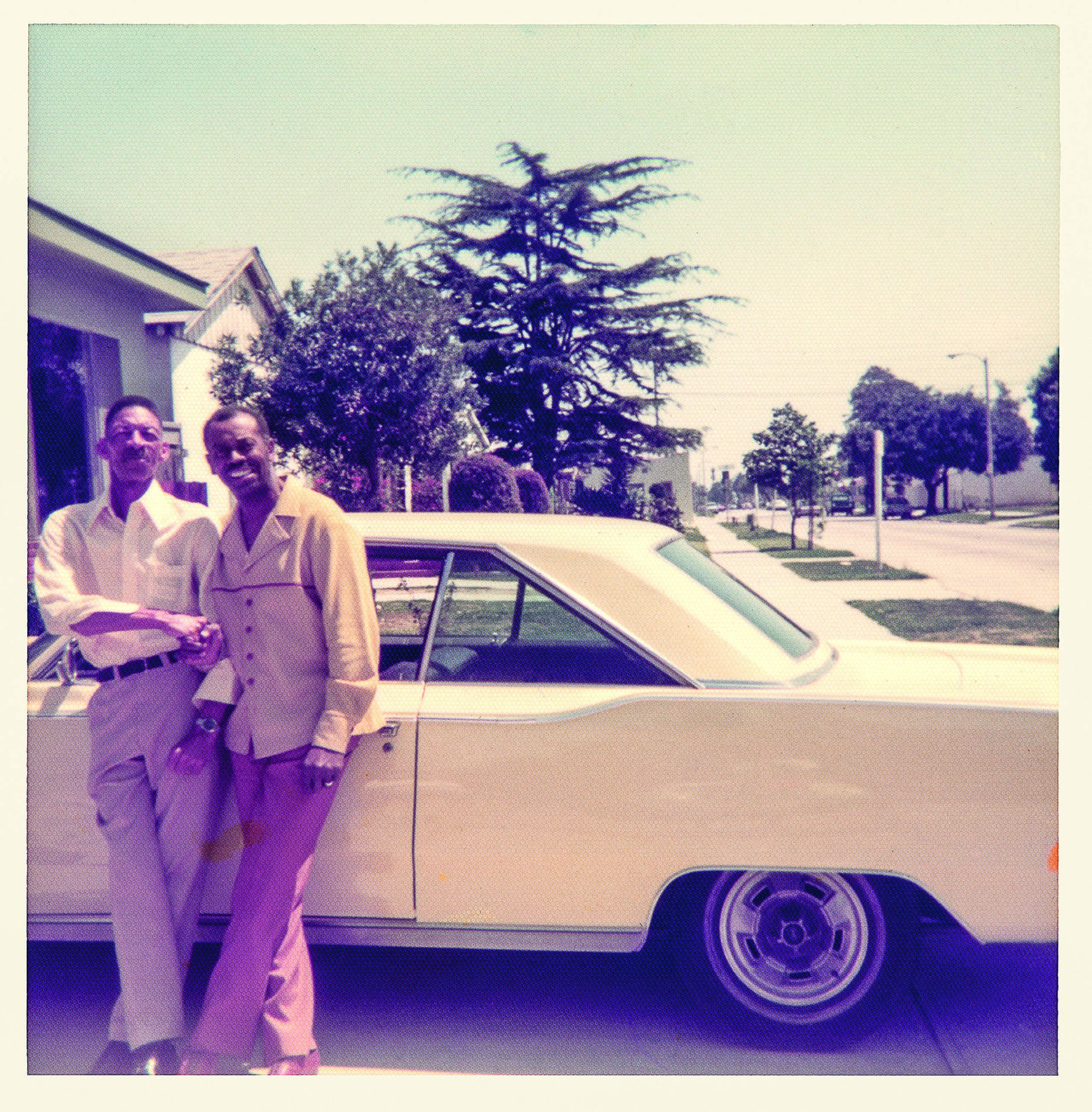
In recent years, the American Dream has seemed anything but secure. But in its halcyon heights, during the economic boom of post-war ’50s and ’60s, success and happiness were a lot more easily quantifiable. For example, across the United States, ordinary families could signal to the world their status with home ownership and the purchase of a shiny new car.
A new monograph, American Dream, revisits this period of victorious prosperity through a carefully curated collection of amateur snapshots. The images reflect the iconography of the American automobile and its position as a central part of the family unit.

Photography enthusiasts Sylvie Meunier and Patrick Tournebœuf, who discovered and assembled the images, were moved by the “immediate closeness and intimacy between people and their cars.” Not only did the vehicle testify that the dream had finally been reached but it also became a reference point for freedom itself. In collecting the photos, Meunier and Tournebœuf were drawn to the images’ deep social meaning as well as also the window they offer into “ordinary life moments in the United States.”
The pair began sourcing the images seven years ago, after the serendipitous discovery of a collection of such photographs buried in a cardboard box at an old papers fair. This developed into a deliberate obsession; they trawled art fairs and flea markets in their home city of Paris or searched sites like eBay. By turning this thoughtful collection into a book, the pair have given the images — previously confined to family albums — a new life. They become an “historical, sociological and cultural testimony; the portrait of an era.”
Meunier and Tournebœuf — both of whom are French — approached the collection from an outsider’s perspective, noting the difference between what they saw in the American snapshots and similar European photos from the same time period. Where the pose in front of the car and the house was a constant in the American images, Europeans were more likely to pose at the dinner table.
“Today — and even more so than yesterday — we use photography as means of representation and self-representation,” says Meunier. Capturing ourselves “in front of beauty” and sharing that result with friends and family is even more prevalent today with the explosion of social media. So even though the mid-century world of American Dream is different from our own, the instinct is something today’s viewers will likely understand.
“It is a way of affirming our existence,” she says, “and keeping a memory of the fleeting time.”
Michelle Molloy, who edited this gallery, is a senior photo editor at TIME.
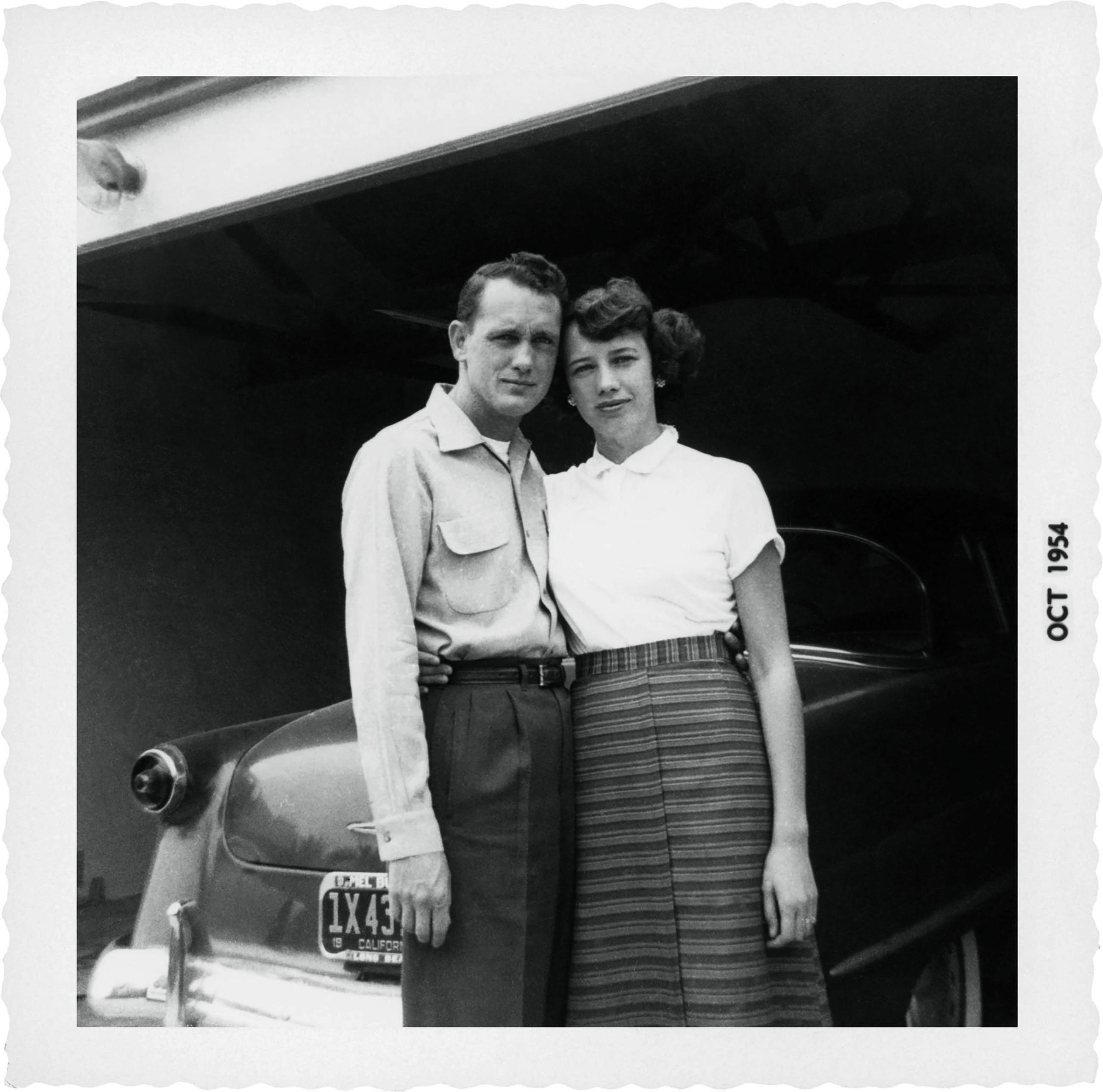
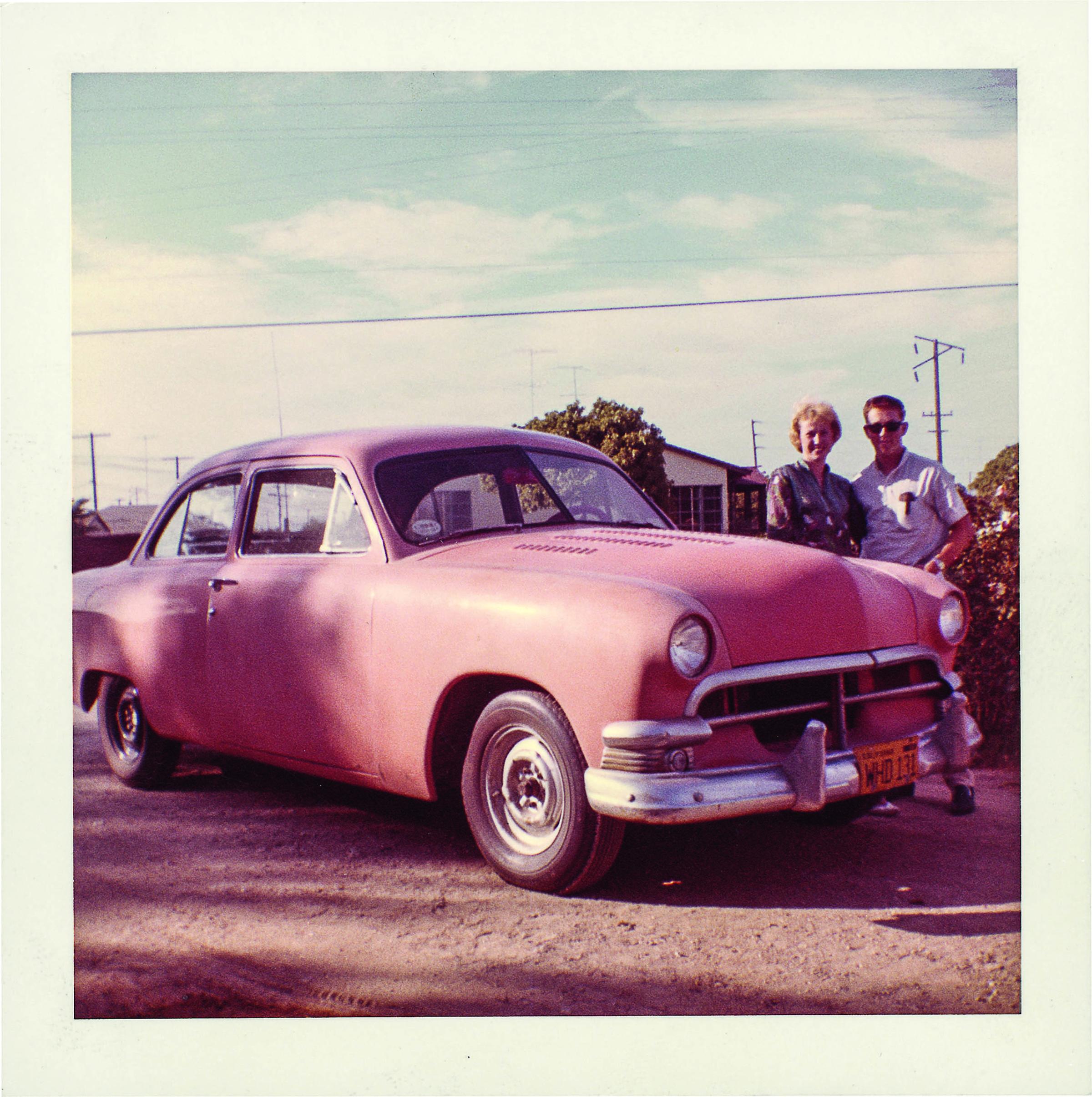
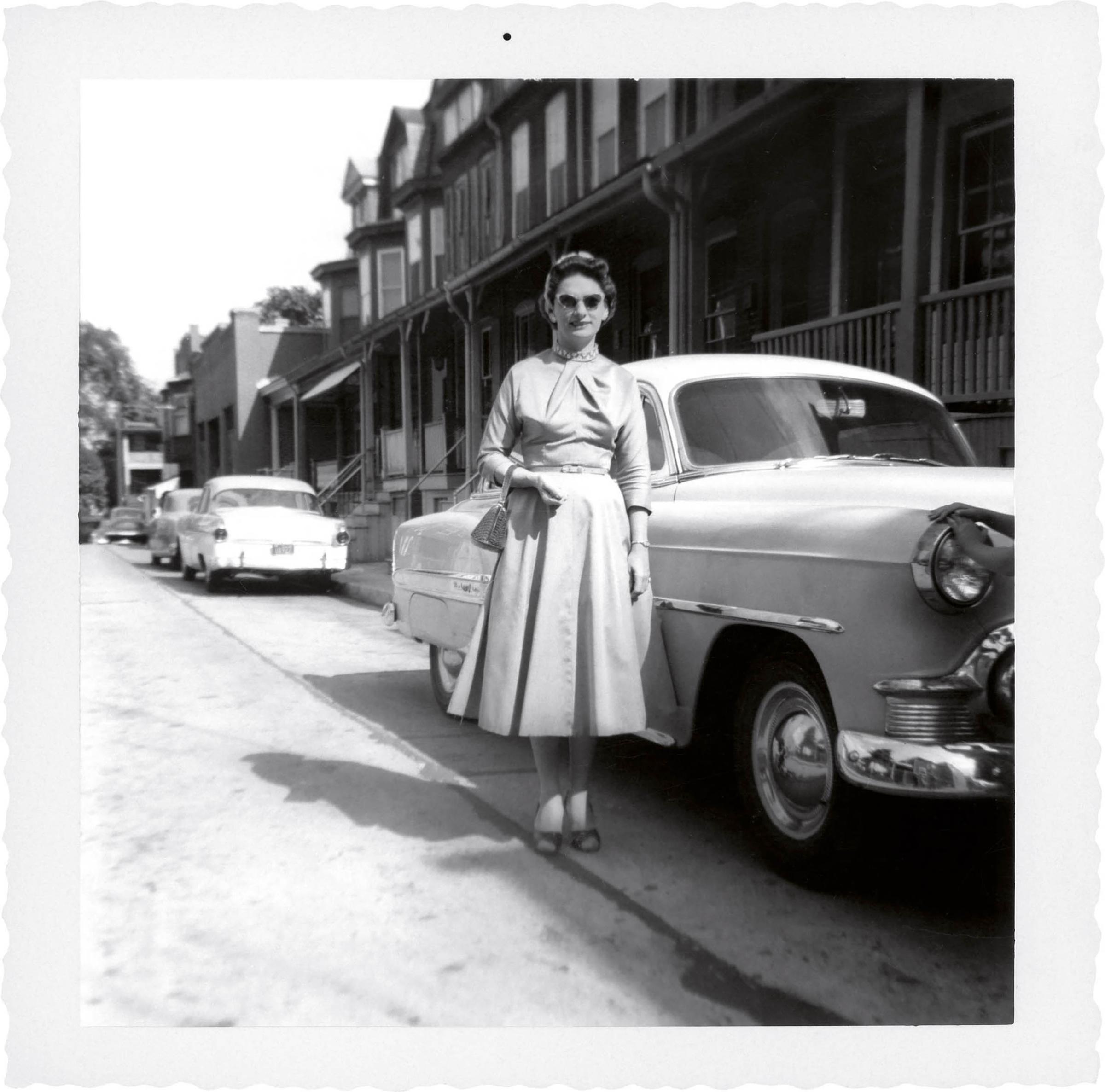
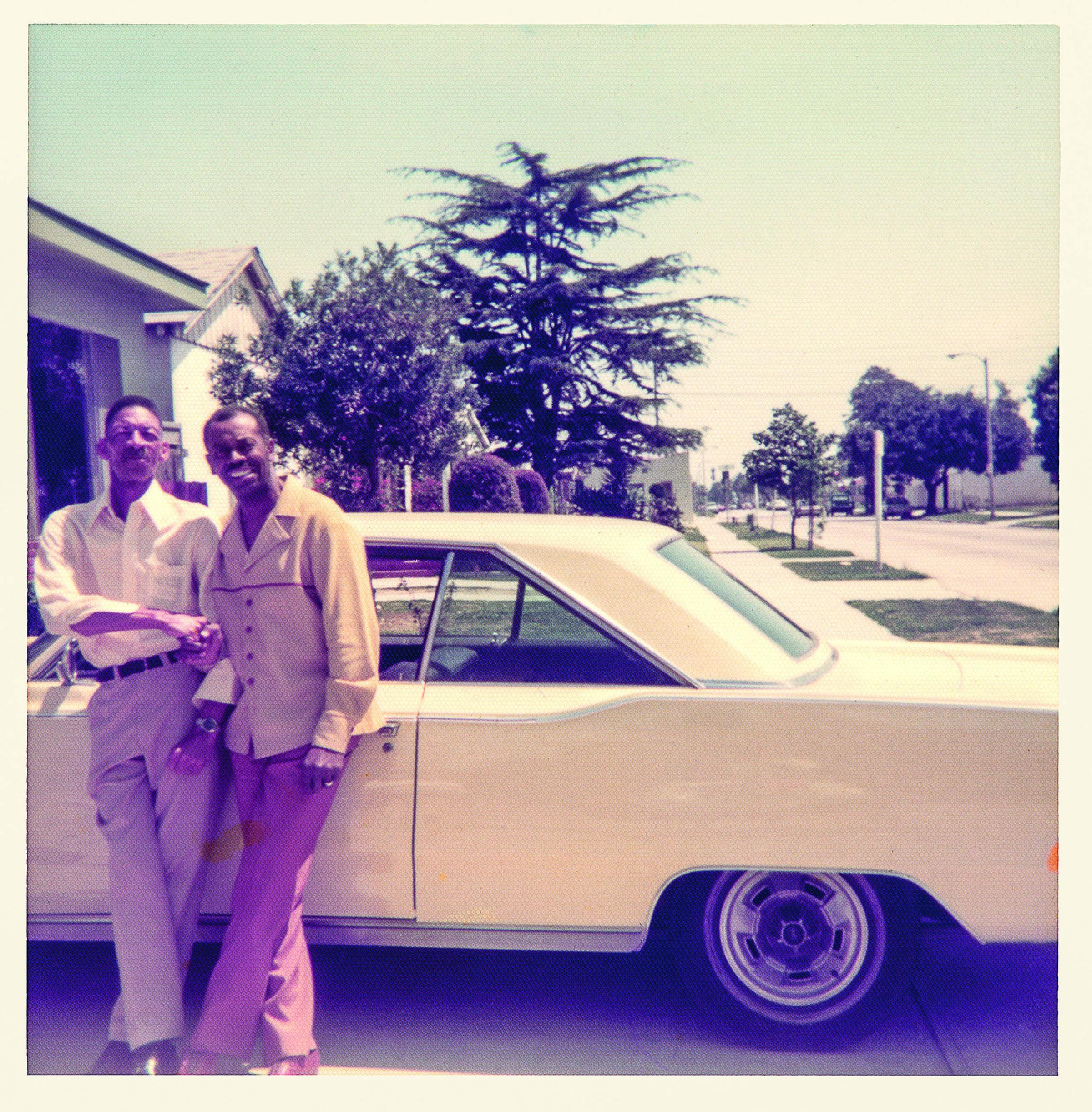
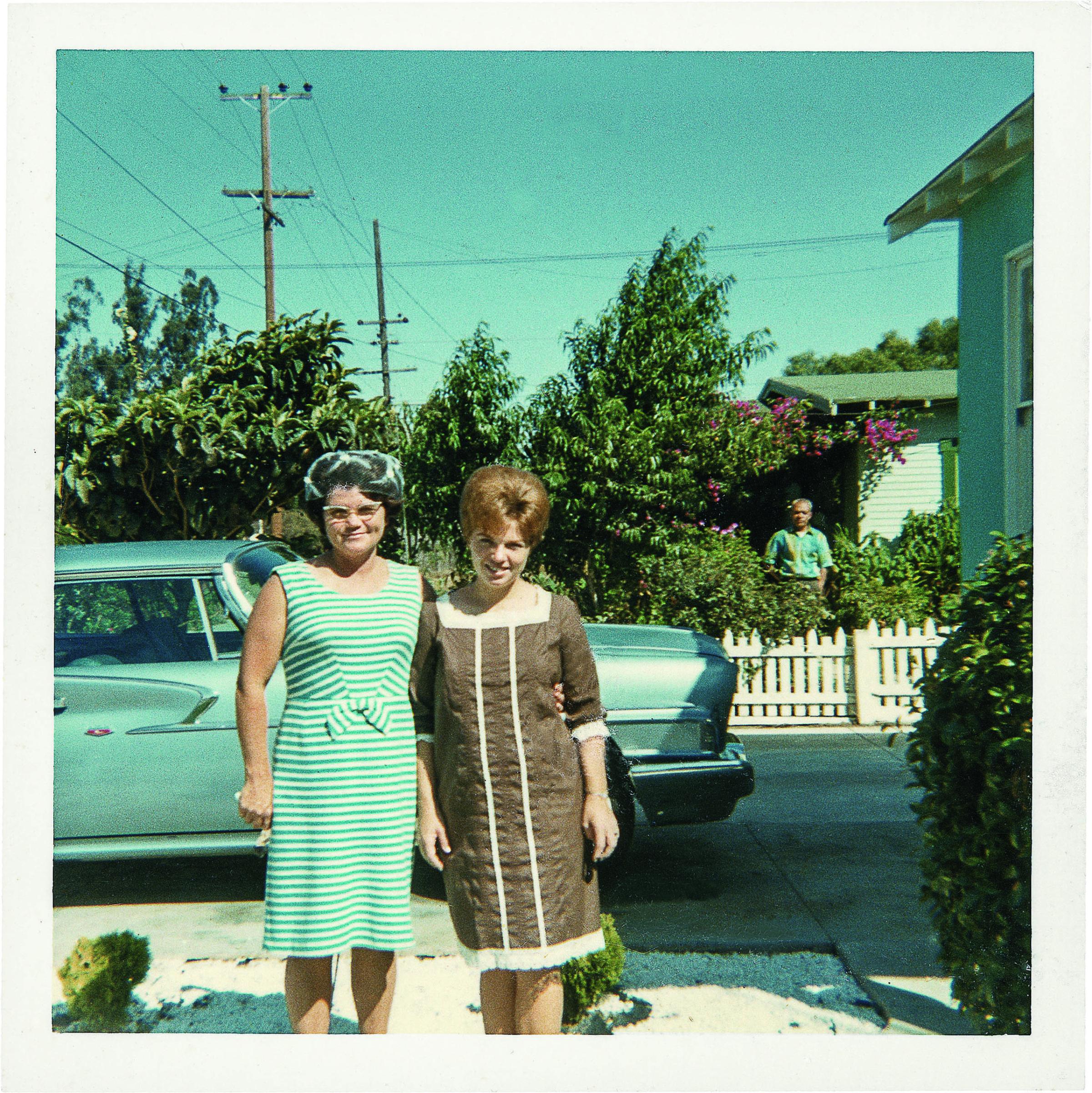
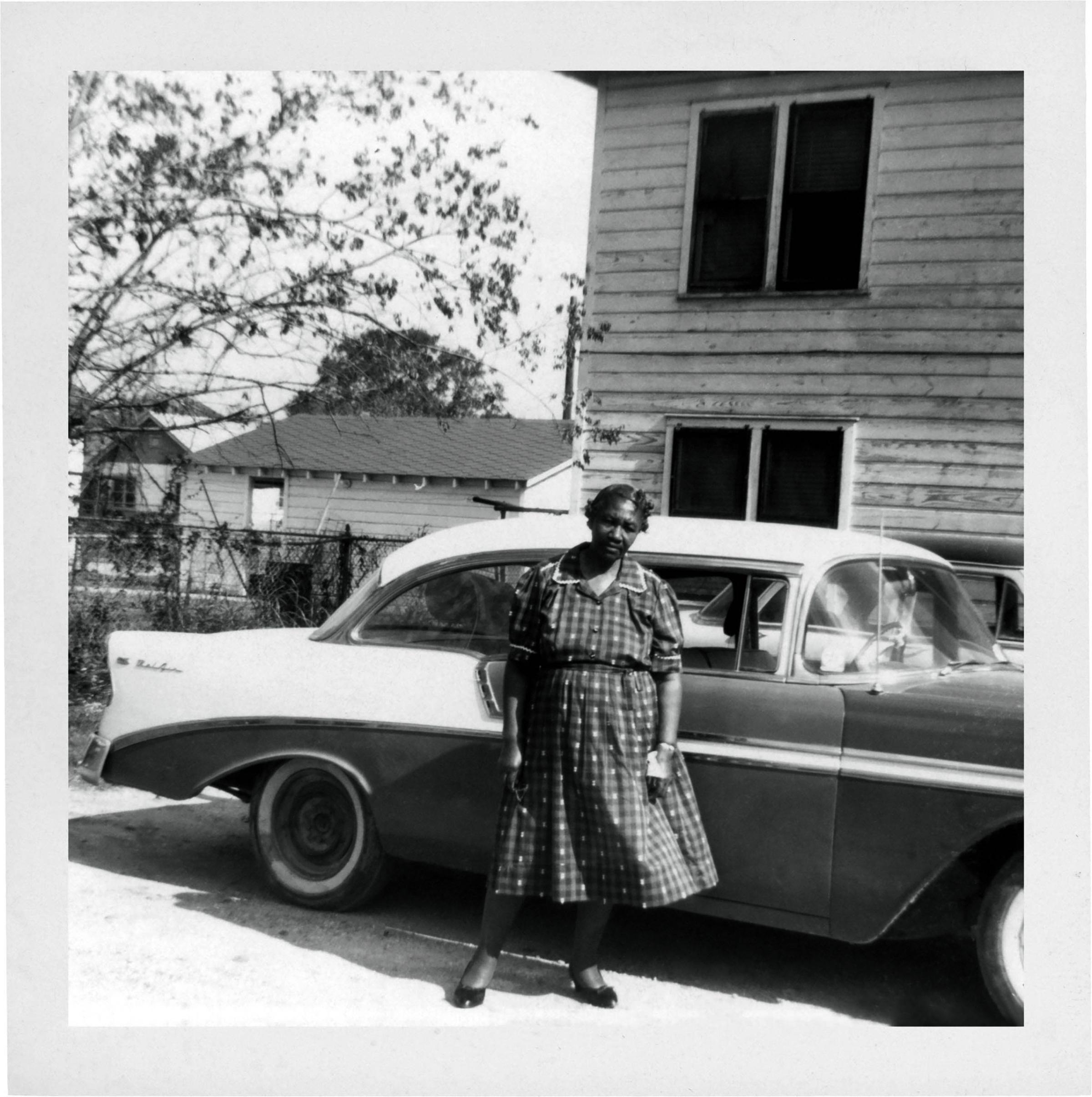
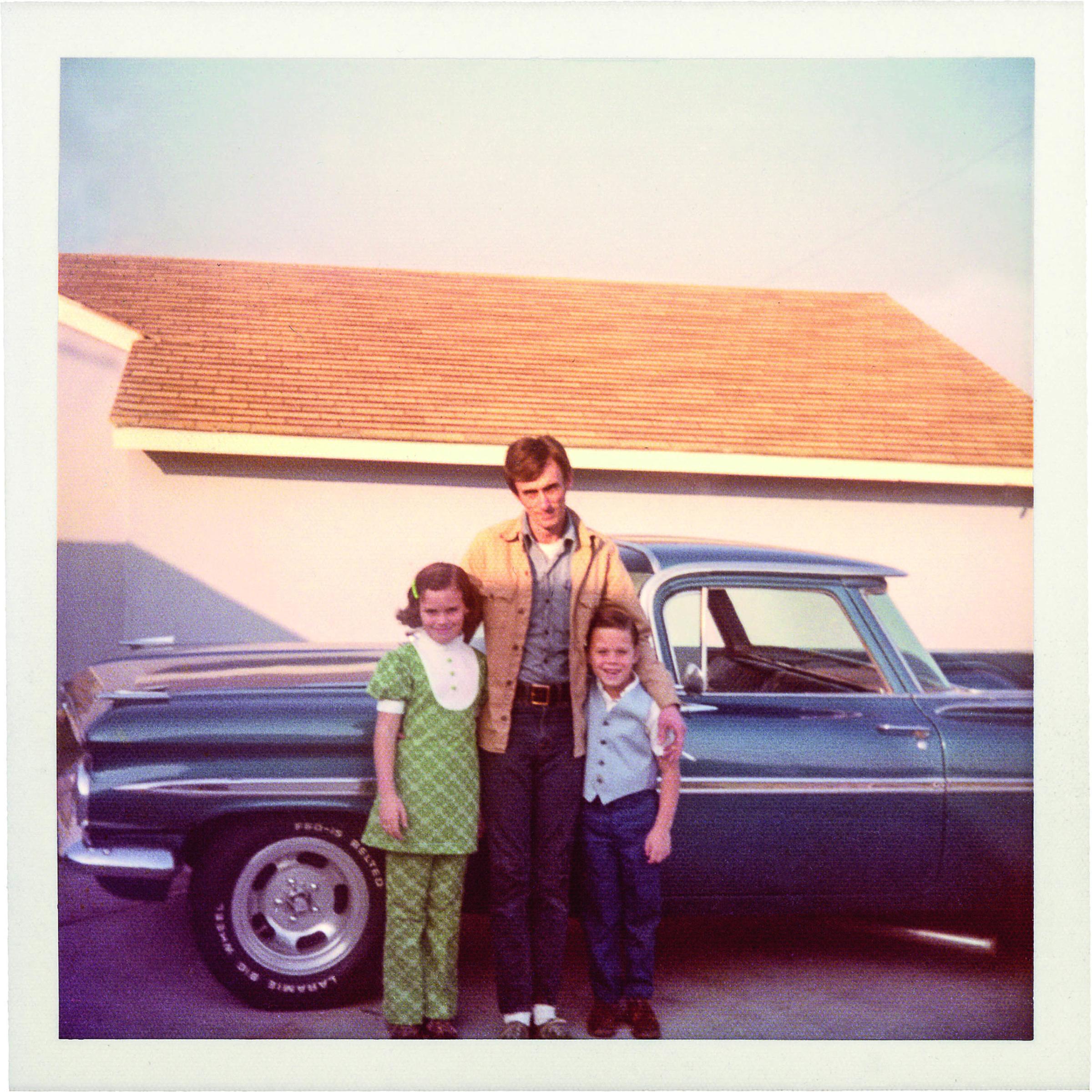

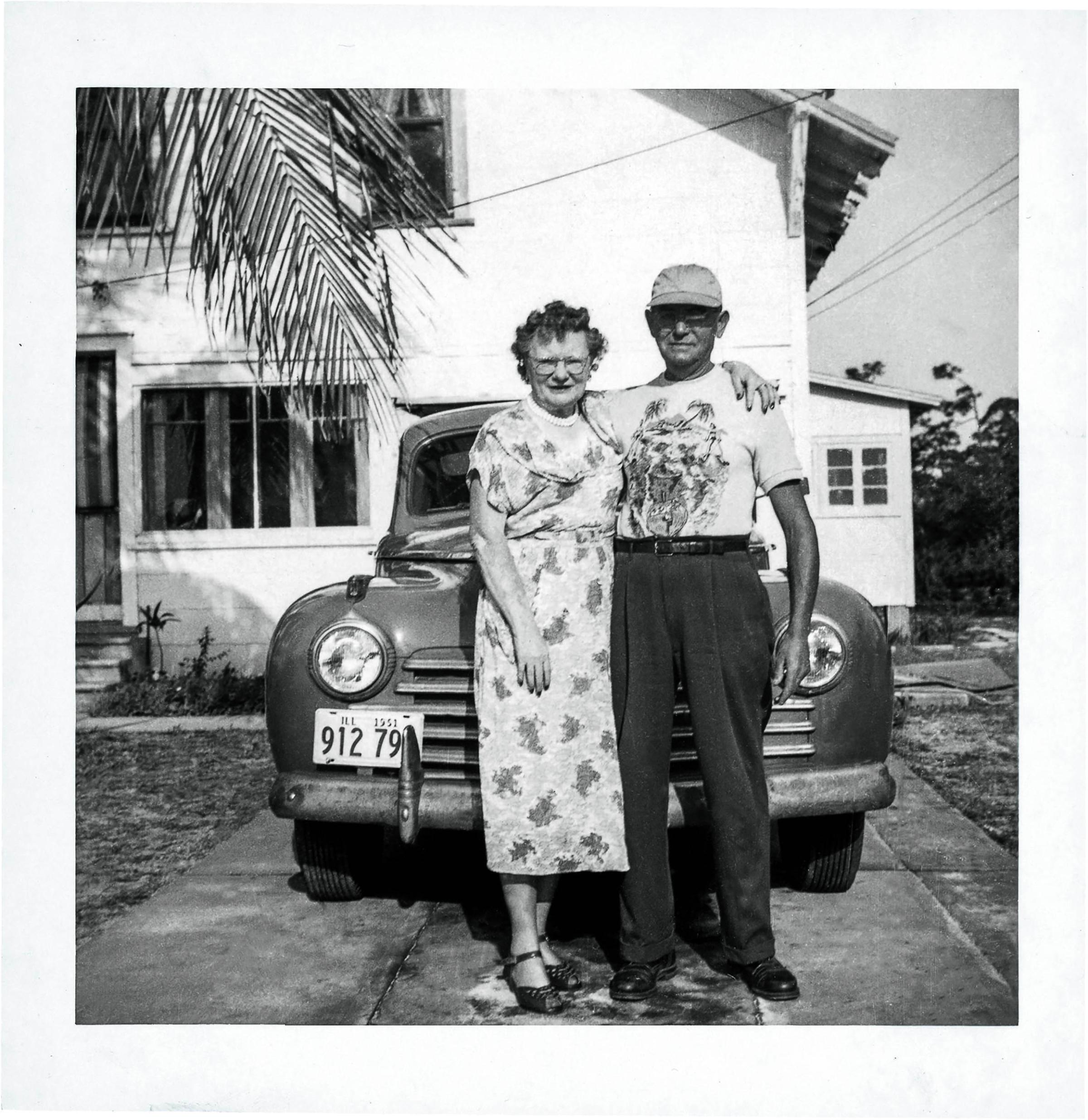
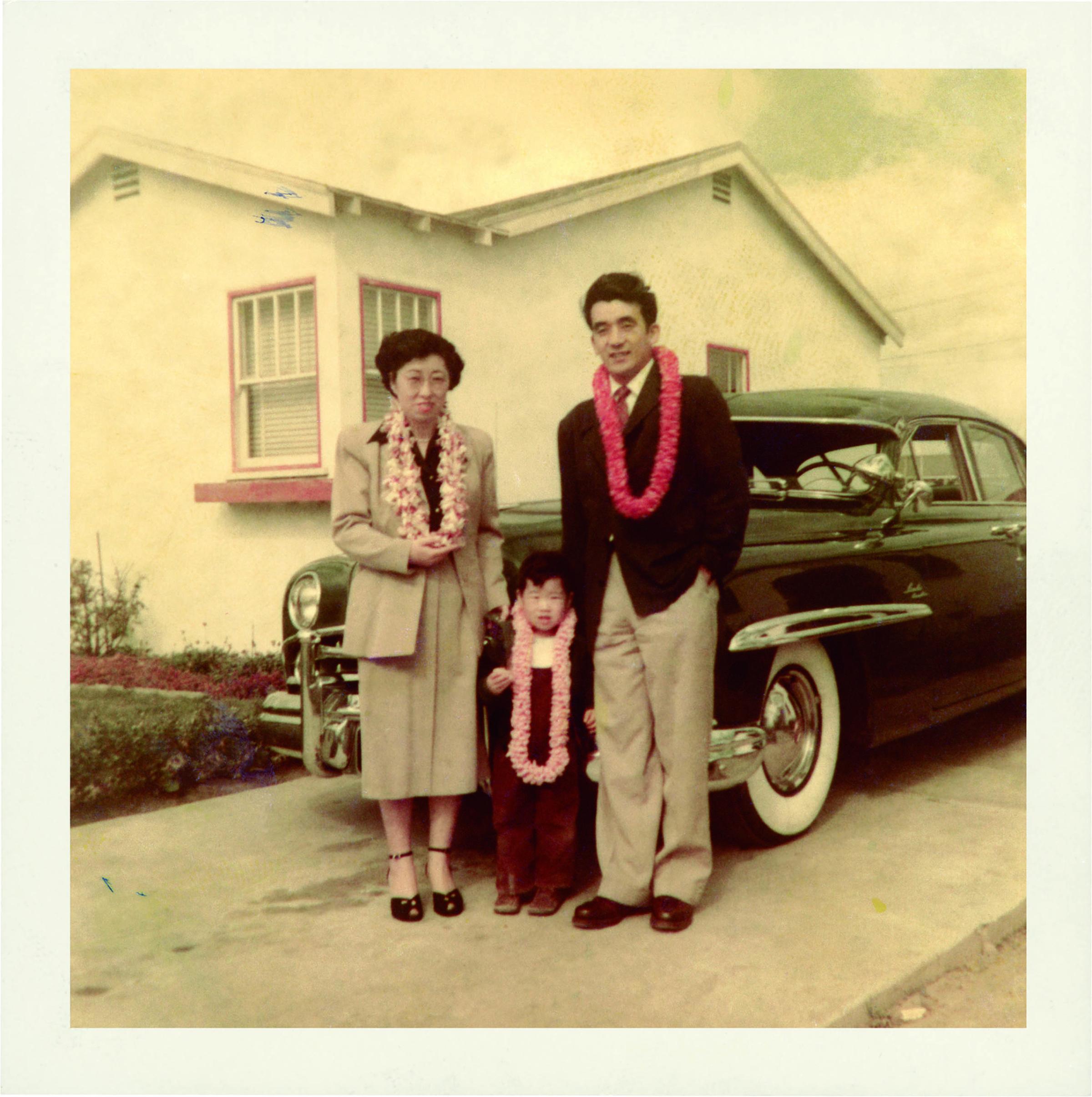
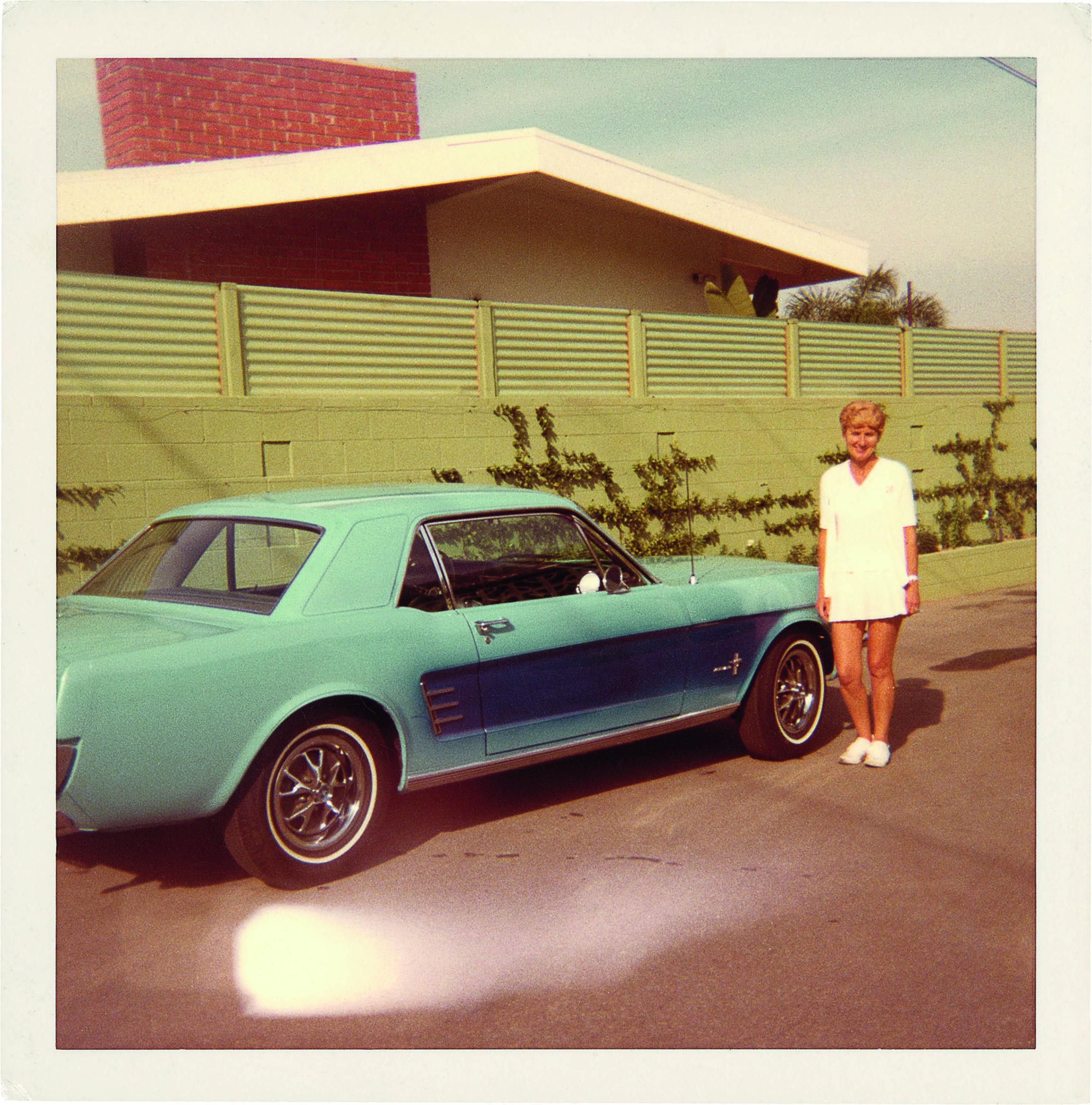
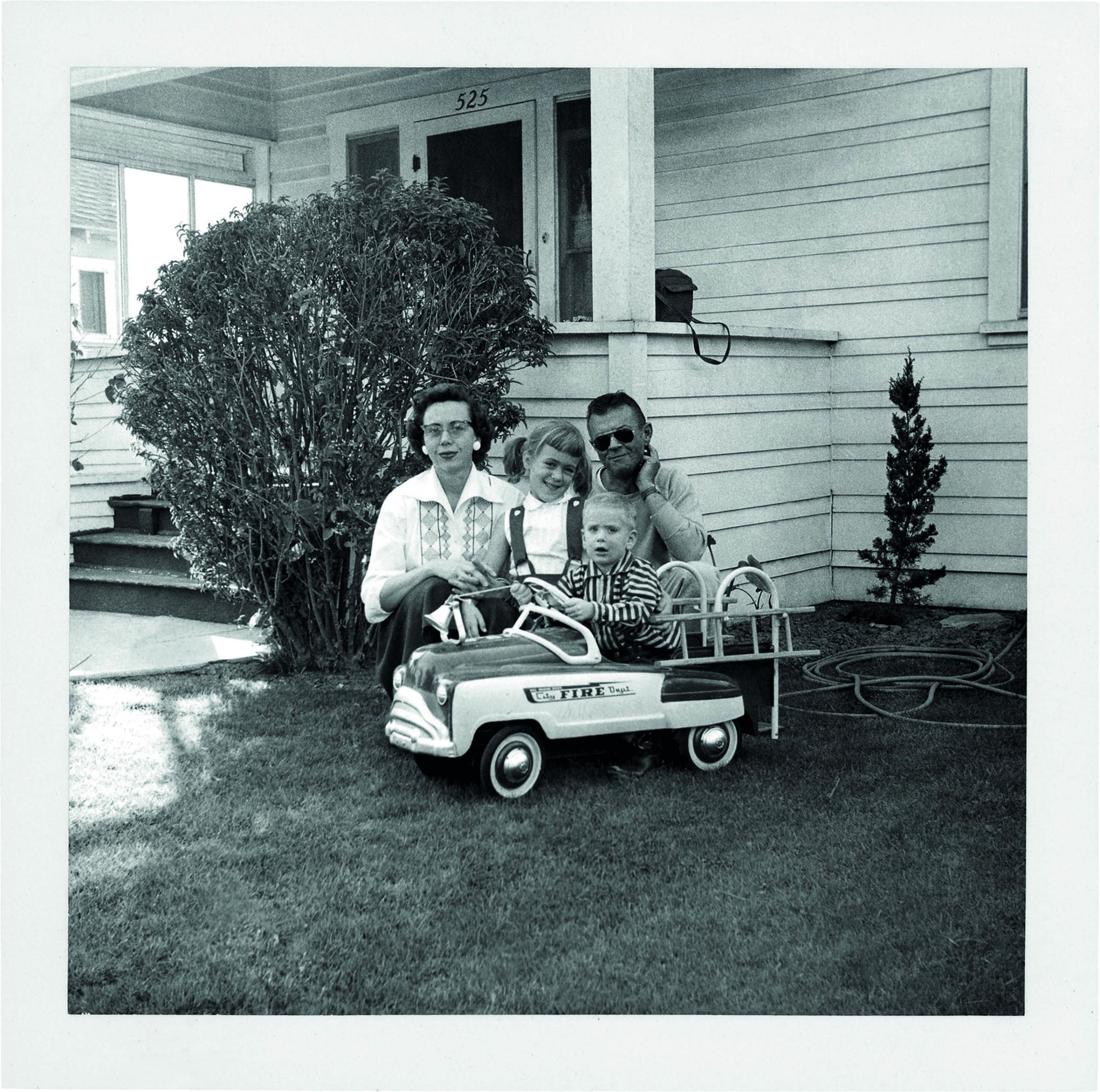
More Must-Reads from TIME
- Donald Trump Is TIME's 2024 Person of the Year
- Why We Chose Trump as Person of the Year
- Is Intermittent Fasting Good or Bad for You?
- The 100 Must-Read Books of 2024
- The 20 Best Christmas TV Episodes
- Column: If Optimism Feels Ridiculous Now, Try Hope
- The Future of Climate Action Is Trade Policy
- Merle Bombardieri Is Helping People Make the Baby Decision
Contact us at letters@time.com